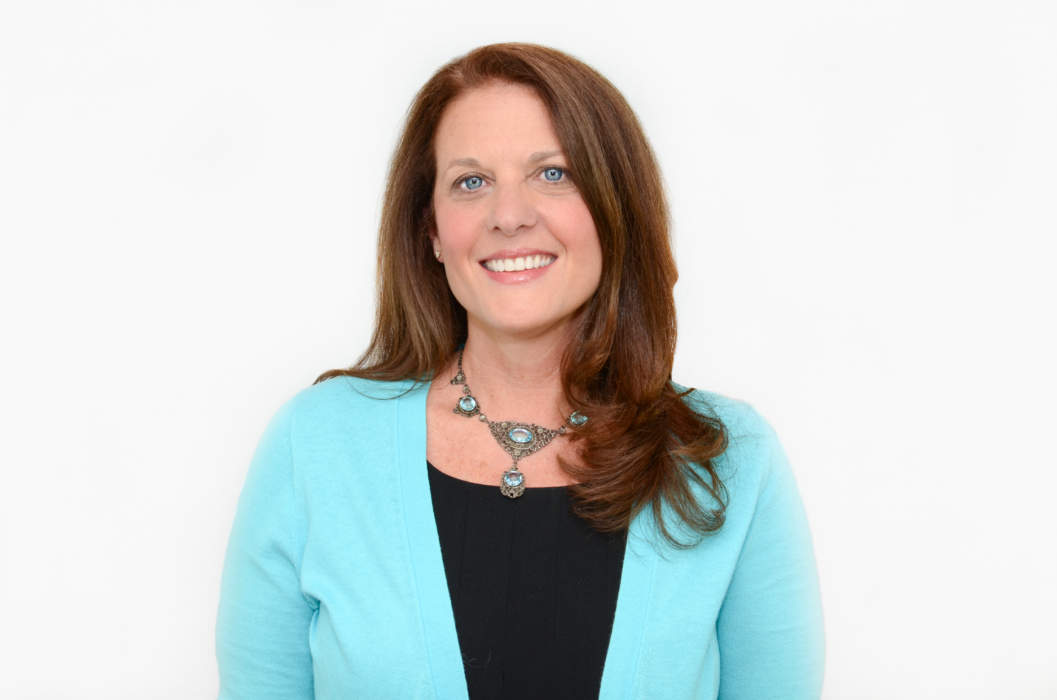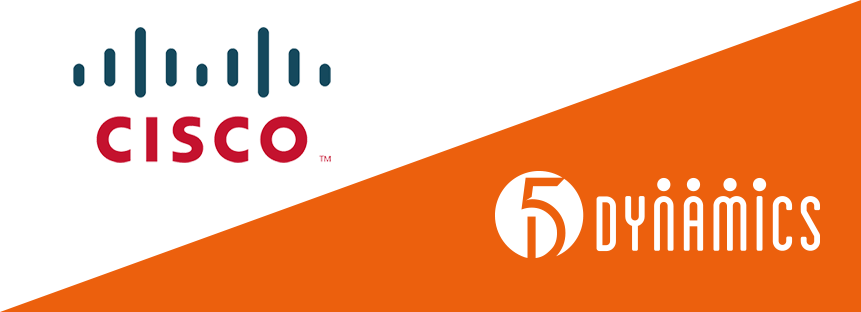Lighting the Fire: Learning and the Invisible L&D Department (Part 3 of 3)

This is the conclusion of a series on learning theories and methods impacting today’s corporate and educational learning spaces. Part One focused on Dr. Britt Andreatta’s furtherance of research on the Growth Mindset. Part Two examined how Dr. Eric Mazur’s method of Peer Instruction is transforming the classroom experience at Harvard.
The Invisible L&D Department
After the stint as a French teacher, I moved on to teaching engineers about switching equipment, radio base stations, and wireless data. (Yes, I know, quite a crazy jump.) This was in the late 80s and early 90s, when cellular communication was hot and happening, not commonplace like it is today.
Back then, the companies that I worked for and with would fly people in from all over the world and put them in training sessions for six weeks at a time. The L&D department carefully structured the curriculum to ensure a common experience, but those days are long gone.
I recently read an article by Bersin by Deloitte which focused on a paradigm shift in Corporate Learning and Development that they refer to as “The Invisible L&D.” In the article, Dani Johnson defines it this way: “An L&D approach to developing the workforce by enabling and assisting learning throughout the organization, wherever and whenever it happens.”
She suggests that an effective L&D organization should shift from “in-your-face” to stealth. From creating to enabling, from programmatic to systemic, and from event-based to infrastructure-based. It seems like the corporate world is now ready to embrace the fact that learning cannot be controlled and should not be event based.
Today, learning happens in real time, and it is applied. Anyone can find out about anything with one quick Google search. Searches are typically a response to a stimulus—something that came up in conversation and needs to be better understood.
We can’t hold back the tide or information. We need to develop solutions that will allow learners to assimilate knowledge and apply it when the need is there.
“Aha!” Moments
So, what can we learn from Dr. Andreatta, Dr. Mazur, and Bersin by Deloitte? What is the common thread between these stories?
We might guide, direct, enable, and empower learners, but the learning is up to them. Only when information is applied does it translate into true learning, a series of “Aha!” moments. We learn in different ways, we don’t all have those “Aha!” moments in the same way or at the same time. But once the energy of a concept begins to focus and integrate within our brains, it’s quickly reflected in our body’s language, rhythm and actions. Understanding and anticipating these quantum energy shifts is key to directing our energy towards greater success and satisfaction. Both in learning and in life.


